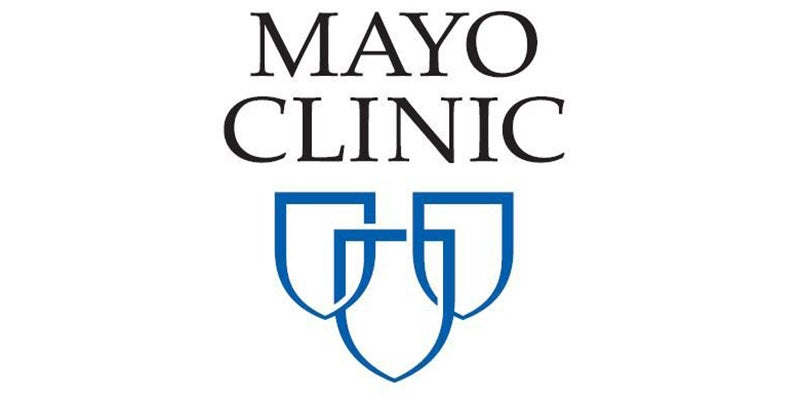Chronically ill patients eight times more expensive than healthy patients
Published 10:16 am Wednesday, January 27, 2016
By Jeremy Olson
Minneapolis Star Tribune
Minnesotans with chronic conditions such as diabetes and asthma cost the health care system eight times more than healthy patients, according to a new state analysis that seeks to motivate changes in medicine so that people with incurable disorders receive cheaper, better care.
The report, released Wednesday by the Minnesota Department of Health, also found that the 35 percent of insured Minnesotans with chronic illnesses accounted for 83 percent of total medical spending in 2012.
While it’s no surprise that sick people require more medical care, state officials said the first-of-its-kind analysis is needed to spur health reforms that prevent Minnesotans from developing chronic conditions in the first place and stop those with the conditions from getting worse.
“We cannot afford to treat our way out of this crisis,” said Health Commissioner Dr. Ed Ehlinger. “We must more strongly focus on preventing chronic disease or delaying its progression by investing in healthier communities, public health and primary care.”
Chronically ill patients cost the health care system $12,800 per year, on average, compared with $1,600 per year for healthy people, according to the analysis, which was based on private and public medical claims paid in 2012. The total bill for treating insured Minnesotans with chronic diseases that year was $22.7 billion.
One in five insured Minnesotans had high blood pressure that year, one in 10 had asthma, and one in 20 had depression, the report showed.
While chronic disease rates remain lower in Minnesota than the national average, the study revealed a surprising share of medical spending on these conditions, said Stefan Gildemeister, state health economist. “We would have expected Minnesota to be maybe in a little bit healthier place. Turns out that’s not entirely the case.”
Prior studies had hinted at higher costs and the prevalence of chronic disease, but never with such depth and reliability. The state analysis used the new all-claims payer database, which was created by 2008 state legislation. It contains de-identified information on 89 percent of all public and private insurance claims for medical services in Minnesota.
Clinic leaders welcomed the findings, which they hope will encourage payment reforms that reward the extra efforts necessary to support chronically ill patients with their medications and the dietary and fitness recommendations they take home.
The St. Paul-based Entira Family Clinics employ care managers, nurses, pharmacists and a consulting psychiatrist to counsel chronically ill patients. But none of that gets funded by the “crazy, volume-based hamster wheel” medical system that pays doctors by how many office visits they squeeze in each day, said Paul Berrisford, Entira’s chief operating officer.
“There are no codes to bill for” these support services, Berrisford said. “So you have taken on additional costs that will lower the cost of health care, but there is no way you can possibly bill for them.”
Many of these efforts pay off. Entira clinics used grant funds a decade ago to test a new, more holistic form of primary care for depression, and saw an increase in patients who stayed on medications and reported a remission of symptoms.
Ray Drew, a retired auto mechanic, has used some of Entira’s services, such as a class on prediabetes and an online service to communicate securely with his doctor, but mostly he manages his high blood pressure by following doctors’ orders on medications and asking plenty of questions during clinic appointments.
“Everybody is used to watching Dr. House [on television] solve something with one of his crazy deals,” Drew said. “It doesn’t work that way.”




